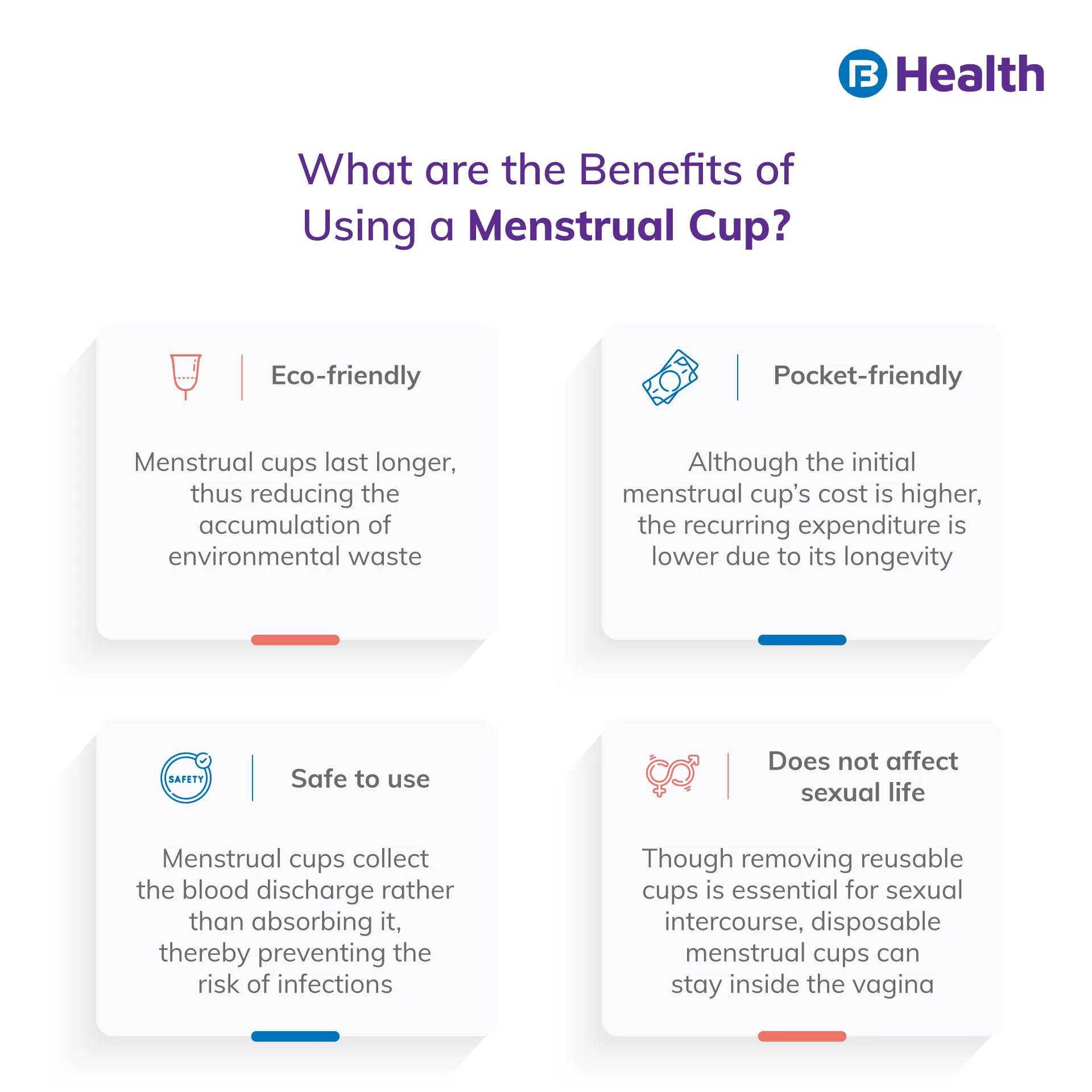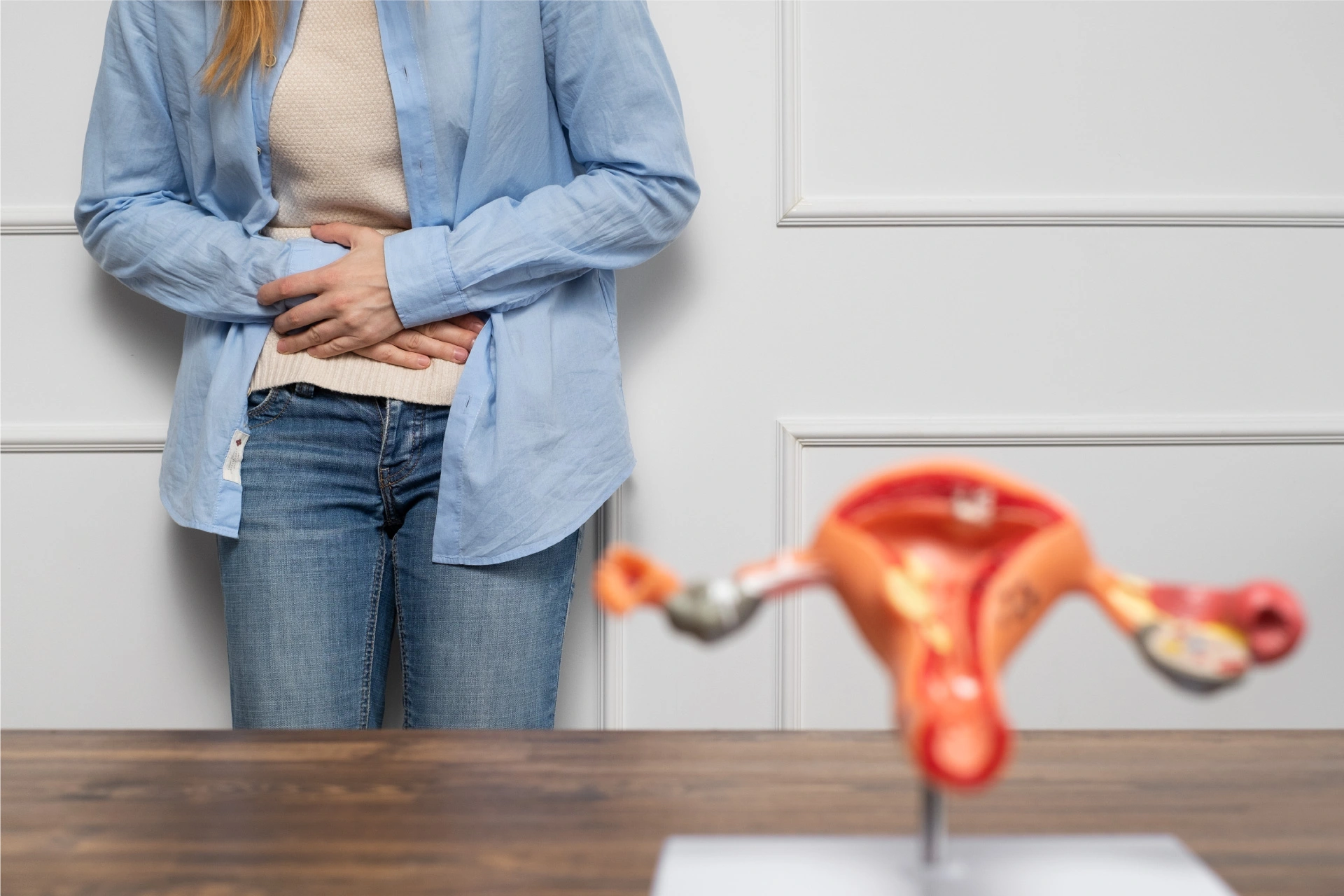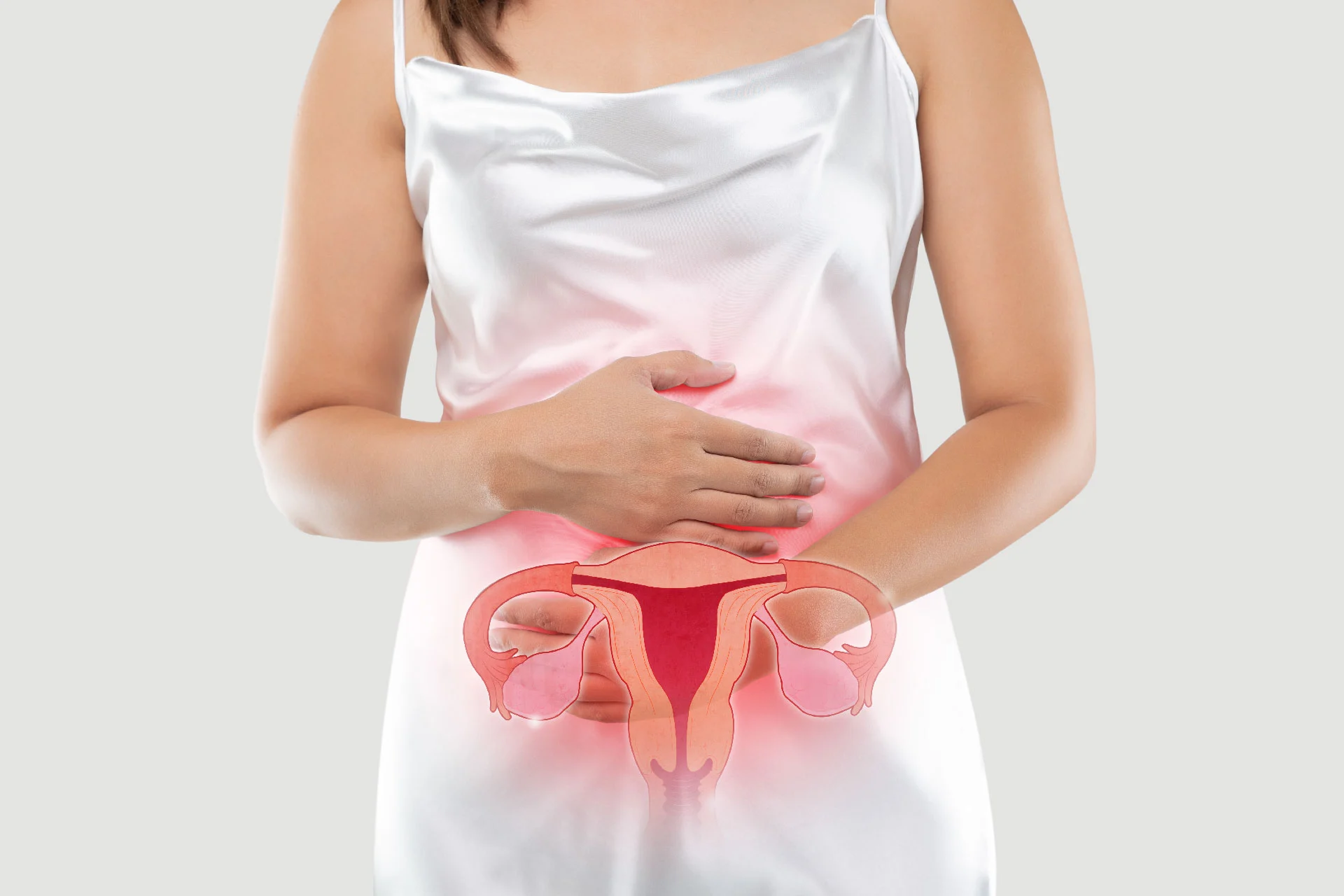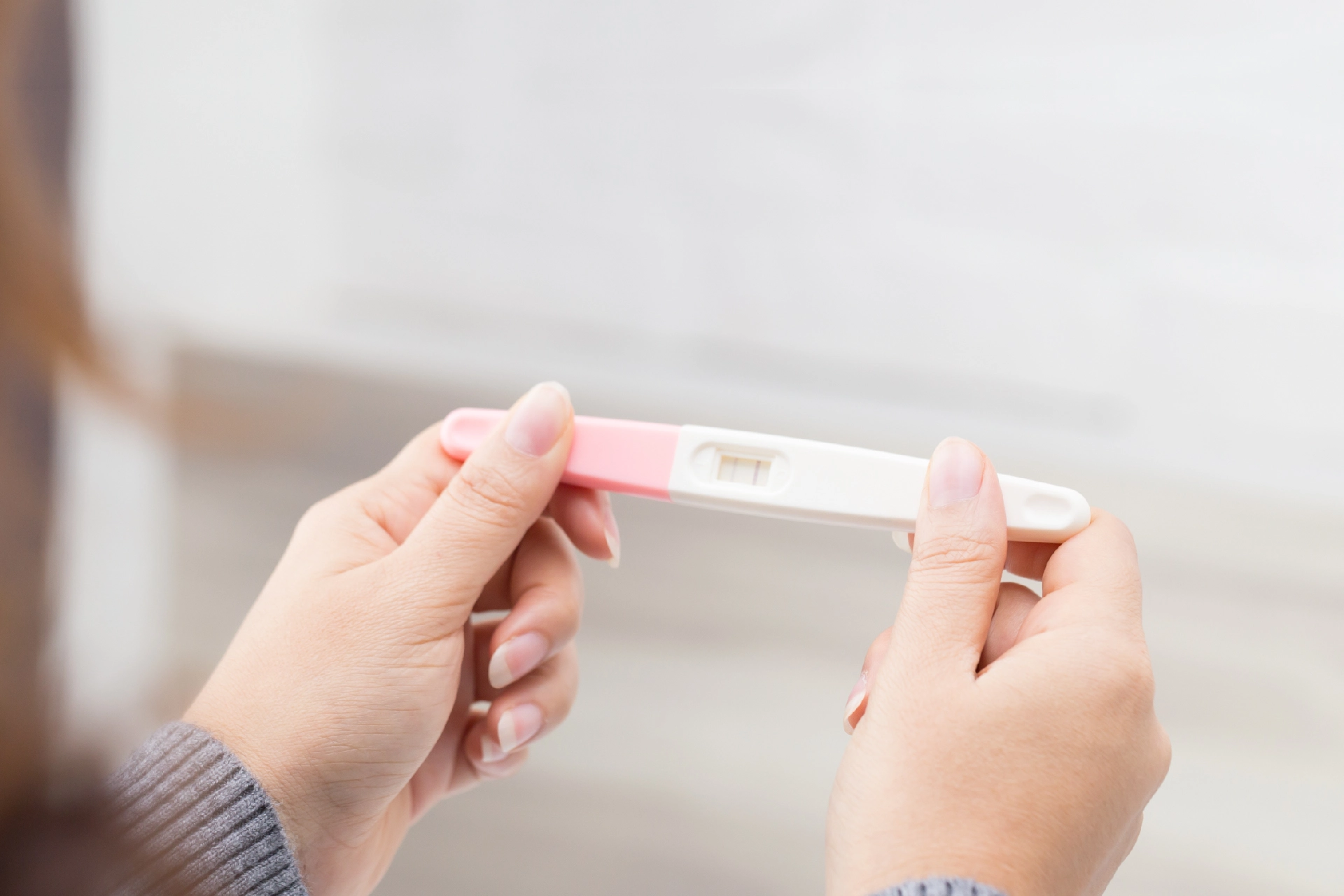Gynaecologist and Obstetrician | 7 min read
Menstrual Cups: How to Use it, Advantages and Disadvantages
Medically reviewed by
Table of Content
Synopsis
Menstrual cups are innovative menstrual hygiene products that are cost-effective and beneficial compared to sanitary napkins and tampons. Keep reading to gain insight into the product and its pros and cons.
Key Takeaways
- Menstrual cups are safe and an environment-friendly alternative to conventional menstrual management methods
- Menstrual cups are both reusable and disposable, holding more menstrual blood than any other product
- With practice, these cups can emerge as the preferred option for menstruation management
Menstrual cups are gradually gaining popularity as a feminine hygiene product necessary during menstruation, a natural physiological phenomenon in women. The body discharges the unfertilised ovum and fluids through the vagina in the middle of the monthly menstrual cycle called the period. Menstruation signifies the reproductive phase of female life when they experience monthly periods. [1]
Period hygiene products like menstrual cups are emerging as an alternative to the commonly used sanitary pads and tampons. So, read on to learn how crucial it is in today’s life.
What are Menstrual Cups?
Menstrual cups are funnel-shaped receptacles that collect menstrual blood. Menstrual cups are still a new concept to Indian women. However, they are better options than sanitary napkins and tampons because of their advantages and cost.
They are designed to suit different kinds of women, helping them maintain feminine hygiene. Menstrual cups are made of the following materials:
- Natural rubber
- Silicone
- Thermoplastic Elastomers (TPE)
How to Use Menstrual?
Menstrual cups are available in various sizes and brands, but switching from sanitary napkins and tampons may cause discomfort initially. So, it is wise to consult a Gynaecologist before using menstrual cups of the correct size. In addition, the doctor considers the following before recommending menstrual cup use.
- Age
- Cervix length
- Whether the menstrual flow is heavy or light
- The cup capacity
- The cup’s flexibility and firmness
- The strength of pelvic floor muscles
The Gynaecologist evaluates the above before considering whether to recommend a small or large size cup.
- Small-size menstrual cup use is ideal for those under 30
- Large-size menstrual cup use is appropriate for:
- Women over 30
- Women with heavy menstrual flow
- Women experienced a vaginal birth
Besides those accustomed to tampons, women may initially find using menstrual cups cumbersome, especially those suffering from menstrual cramps. But, with little practice, one learns to cope with them and adopt them as the preferred menstrual hygiene product. Menstrual cups come with an instruction manual for their usage and general guidelines about maintenance. So, here are a few tips for making them acceptable to Indian consumers.

Prerequisite
The primary requirement for using a menstrual cup is sterility, and you can ensure it in a few steps.
- Submerge the menstrual cup in boiling water for five to ten minutes
- Remove the cup and allow it to return to room temperature
- Wash your hands with warm water and soft antibacterial soap
- Next, wash the cup with warm water using a mild oil-free soap and thoroughly rinse
- Finally, gently pat the cup dry with a towel
Insertion Method
The first step to avoiding menstrual cup side effects is washing your hands thoroughly before inserting. Next, you may consider applying a water-based lube on the cup’s outside to reduce friction while inserting. Finally, adhere to the manufacturer’s recommendations and follow the steps below.
- Fold the menstrual cup tightly and hold it with the rim up
- Insert the cup rim into the vagina like a tampon slightly below the cervix
- Rotate the cup inside the vagina, allowing it to expand until creating an airtight seal to collect menstrual blood
- Twist, adjust, and reposition it till you feel comfortable
Emptying Method
Depending on the flow, you can remove the menstrual cup between six and twelve hours. However, the outside limit is twelve hours for emptying and cleaning to prevent bacterial infection. The steps to follow are:
- First, wash your hands with tepid warm water and a mild antibacterial soap
- Slowly slide the index finger and thumb into the vagina and pinch the base of the menstrual cup
- Gently remove it without pulling the stem to avoid a mess on your hand
- Empty the contents of the menstrual cup in the toilet
- Wash the cup under running water, rinse and insert it again
- Wash your hands once the reinserted menstrual cup is in place
Storage
The prerequisite for safely storing the menstrual cup is sterilising it in boiling water for five to ten minutes. In addition, the following guidelines are handy.
- Do not store the used cup in airtight containers, as the moisture inside does not evaporate. Instead, use an open bag or a cotton pouch to prevent bacterial and fungus infestation
- If the cup appears worn and thin, besides emitting a foul odor, discard it to reduce the risk of infection

Advantages of Menstrual Cup
Girls start menstruating at puberty as they turn eleven or twelve and continue till they are almost fifty. During this phase, there is a monthly shedding of the uterus lining in the form of discharge comprising blood and tissue through the vagina called menses or periods.
Though menstruation is a monthly reality, billions of women across countries face severe challenges in managing their periods. In poorer countries and rural societies, myth, stigma, and gender bias plague the menstruating young women who experience taboos. However, to maintain health, there is no alternative to using menstrual products like sanitary napkins, tampons, and the more advantageous menstrual cups.
Before looking into the multiple advantages, let us first see what menstrual cup benefits are, which an online doctor consultation will explain adequately.
- A menstrual cup lasts for up to twelve months if properly maintained. However, doctors recommend yearly replacement
- Menstrual cups are cost-effective compared to sanitary napkins and tampons
- You can use the cup for up to twelve hours at a stretch without worrying about leakage, unlike the others, which need changing every five to six hours
- Menstrual cups hold up to five times the blood volume compared to napkins and tampons
- Sanitary napkins and tampons can cause rashes, while menstrual cup side effects are minimal, if not absent
After learning about all the benefits, you get from switching to using menstrual cups, let us look closely at some advantages.
Eco-friendly
Menstrual cups last longer before discarding, thus preventing the accumulation of environmental waste
Pocket-friendly
Although the initial menstrual cup’s cost is higher than sanitary napkins and tampons, the recurring expenditure is lower due to its longevity
Safe to use
Menstrual cups are safer to use as they collect the blood discharge while other menstrual hygiene products absorb, thus preventing infection risk
Does not affect sexual life
Though removing reusable cups is essential for sexual intercourse, disposable menstrual cups can stay inside the vagina
Additional Read: Tips for healthy female reproductive systemDisadvantages of Menstrual Cups
Management of menstrual hygiene is crucial in dealing with health concerns. But using improvised materials can exacerbate difficulties besides illness. Sanitary pads and tampons have been the mainstay of the menstrual hygiene management process, with easy access to the urban young, while the rural women still cope with harmful improvisations. Against this backdrop, menstrual cup use is becoming an eco-friendly and affordable alternative to conventional menstrual products. But, when there are many upsides, some downsides should be there, and menstrual cups are no exception. So, remember them before making the final switch to menstrual cups.
Size is tricky
The size and shape of cups can vary from person to person, and choosing the right size and shape is challenging. However, the best way is to try different brands and settle on one
Not easy to use
One of the most significant downsides of menstrual cups is their usage, and many consumers find insertion and removal cumbersome. Moreover, improper use results in discomfort and pain
Allergic reactions
Menstrual cup side effects are minimal as the material is latex-free. Still, some women are allergic to silicone and rubber used in cup manufacture, which causes pain and discomfort
Vaginal irritation
Menstrual cup maintenance is critical to feminine hygiene during menstruation. Poor maintenance can cause vaginal irritation. Even the absence of lubrication can cause discomfort and pain
Menstrual Cups Cost in India
Menstrual cups are also cost-effective and eco-friendly. They are available nationwide in pharmacies and medicine shops, besides all reputed online marketplaces. The price may vary across brands, sizes, and materials. So, naturally, the costs are spread from Rs.150 to Rs.1500 on most e-commerce sites selling various menstrual cup brands.
Though existing for long, menstrual cups are gaining traction only recently, with many girls and women embracing an active lifestyle cutting across professions. The menstrual cup’s primary advantage is it collects blood while others absorb it, making them hygienic. Reach out to Bajaj Finserv Health to gain insight into all other health issues.
References
- https://www.hopkinsmedicine.org/health/wellness-and-prevention/menstrual-cycle-an-overview
Disclaimer
Please note that this article is solely meant for informational purposes and Bajaj Finserv Health Limited (“BFHL”) does not shoulder any responsibility of the views/advice/information expressed/given by the writer/reviewer/originator. This article should not be considered as a substitute for any medical advice, diagnosis or treatment. Always consult with your trusted physician/qualified healthcare professional to evaluate your medical condition. The above article has been reviewed by a qualified doctor and BFHL is not responsible for any damages for any information or services provided by any third party.





